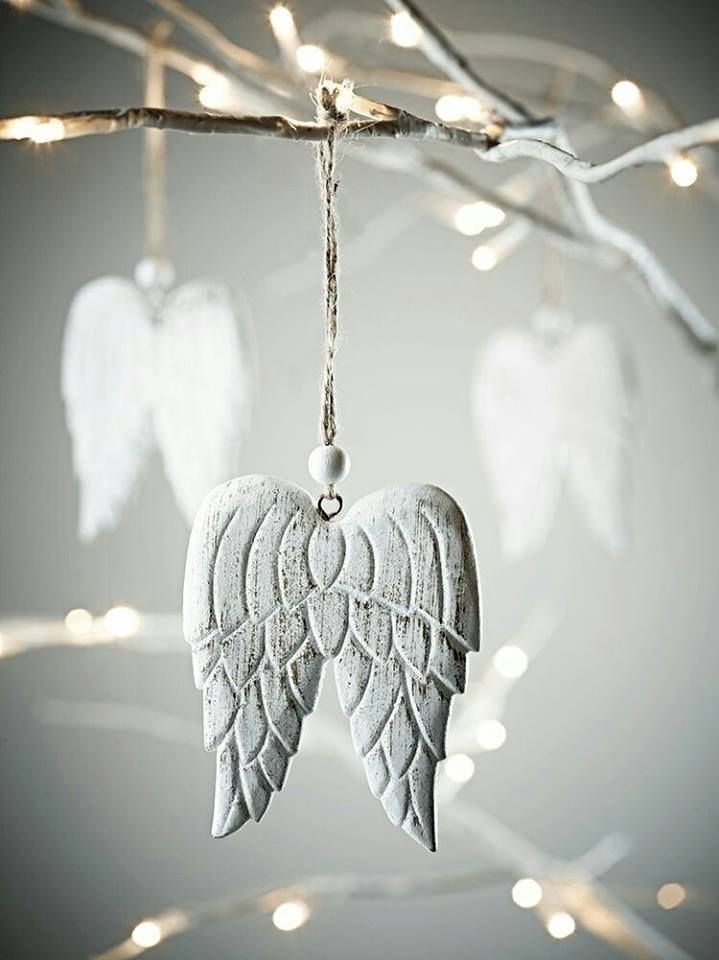Museum Art Therapy for healing and growth, self-awareness...
- Koöko Fleurs
- Apr 10, 2024
- 4 min read

We are increasingly becoming interested in utilizing museums and art galleries collections to promote health, and well-being in the community. Use of art materials with deep knowledge and interest in visual art, and training psychology art therapist, provide wellness and art therapy activities.
Museums and art galleries, have the spectrum of health and to provide well-being, and social needs, such as healthy aging, health education, stress reduction, social isolation, pain management, linked to reduced drug consumption, enhanced mental health, increased mobility, cognitive stimulation, sociability, and employability. It is often a collaborative, and interdisciplinary venture, that exist with museums educators, and it does exist certain challenges, in art therapy and wellness programs.
The therapeutic, social practice, and accessibility approaches enrich the work of an art therapist, as they connect with concepts and knowledge in various disciplines. Art therapy does not operate as centralized power, it is rather rhizomatically, a connection with entities and power structures within the museum or art galleries.
The traditional role of museums is to preserve, document, research, and educate. It is through this education that the museums, can bring enlightenment and culture to diverse classes, leading to increased overall well-being, and appreciation of the benefits of modernization.
Museums are seen as institutions of social service and reflected its mission by educating, inspiring, nourishing the minds and spirits, enrich lives and create healthy communities, with their strength lying in diversity of the people represented and the breadth of museums they engage, and for the potentiality to reach vulnerable groups in their communities, promote intercultural dialogue, provide experiential learning, and incorporate programs that tap into the benefits of culture.
When we enter the museum space or art gallery, a relationship unfolds between the kind of visitor and the experience they seek...
This experience is shaped through the interplay between what the individual brings with them, their lived experience, something familiar, place, event, emotions, where personal meaning-making can occur. It is a potential to inspire hope, promote healing, and expand their definition of the typical museum or art gallery. Creating closer relationship, partnerships, with families, colleagues, groups within society. These groups constitute the foundation of communities and society at large.
For centuries, individuals have sought museums, including outdoor spaces, such as gardens, for solace and rejuvenation, a place to evade for a period of time, the stressors of daily life, mental fatigue, impatience, irritability, impaired reasoning; to compensate, we must have access to a restorative environment, providing for an opportunity for a state of flow.
Restorative environments must possess four criteria, first the feeling of being away, even for an hour, a physical relocation from normal environments, second is extent, being in a physical space that is extended in time and space, and providing for an opportunity, for greater than the chance for restoration, after museums art pieces enter a museum to be restored, preserved, why not us, and feeling privileged.
We seek something new, rejuvenating, inspiring, and that takes us back to our sources, and therefore contribute to our heritage and sense of loss of self-reflection, and of soi-meme.
Fascination is the third component, one's attention must be engaged in a meaningful way, last is compatibility - the encounter must align with one's purposes. The more elements in place, the greater the chance for a restorative experience.
The story behind artifacts or art imagery and engaging exhibitions can facilitate a personal connection and experience, leading to continued research of soi-meme, with family or groups.
We identify eight distinct therapeutic purposes museums and art galleries offer:
Interactive experiences and social relationships
Teamwork experience
Communication as meaning-making
The meaning of things
Human needs
Outcomes and changing
Social change
Culture change
In addition, museums and art galleries role as co-leader, keeping the focus, on goal attainment in the environment, the museum as a group, the museum as self, and as an environment (interrelation, between time, space, and objects). They challenge individuals to exchange their views and lead to increase self-esteem, confidence, and creativity through increases in self-esteem, confidence, and intellectual stimulation and breaking away from normal routine. These benefits which promote well-being, are a direct result of decreased social isolation.
Mental and psychological wellness can be restored in the peace and calmness of a museum or art galleries. They serve to help with identity formation, development of friendships, and facilitation of social bonds between individual, families, and cultures across disciplines. The knowledge of the therapeutic benefits of museums has expanded and been embraced psychologically, to attract and retain attention and reflect a collective human being experienced allowing individuals to relate, engage, socially, observe, in responsive activities and foster self-awareness, through art, history, and culture.
The process is challenging and experiential and must be an understanding of the meaning of enhanced communication, and to suppress isolation. Tough the benefits are therapeutic, perceptions about art and concepts of artifacts, in well-being, is a nonclinical setting for wellness. The addictions, of an individual is continuing to evolve, impacting their overall physical health, as agent of social change continue to evolve, such as as therapist.
In conclusion, the importance of adapting to the needs of individuals, show a potential relationship, and a therapeutic tool for future research, and personal exploration. As a therapist, we look for alternative ways an art piece could engage visitors, who were very hesitant to discuss the connection between art objects and life experiences.
We seek to create an experimental personal highlight tour, where we will prompt participants to choose and find a piece of art within the museum that they felt a relationship between them a family, and that coud lead to a discussion of the art selected. That have led to increased self-esteem, self-acceptance, self-growth, social awareness, decreased symptomology, and creativity, and tolerance.











Comments